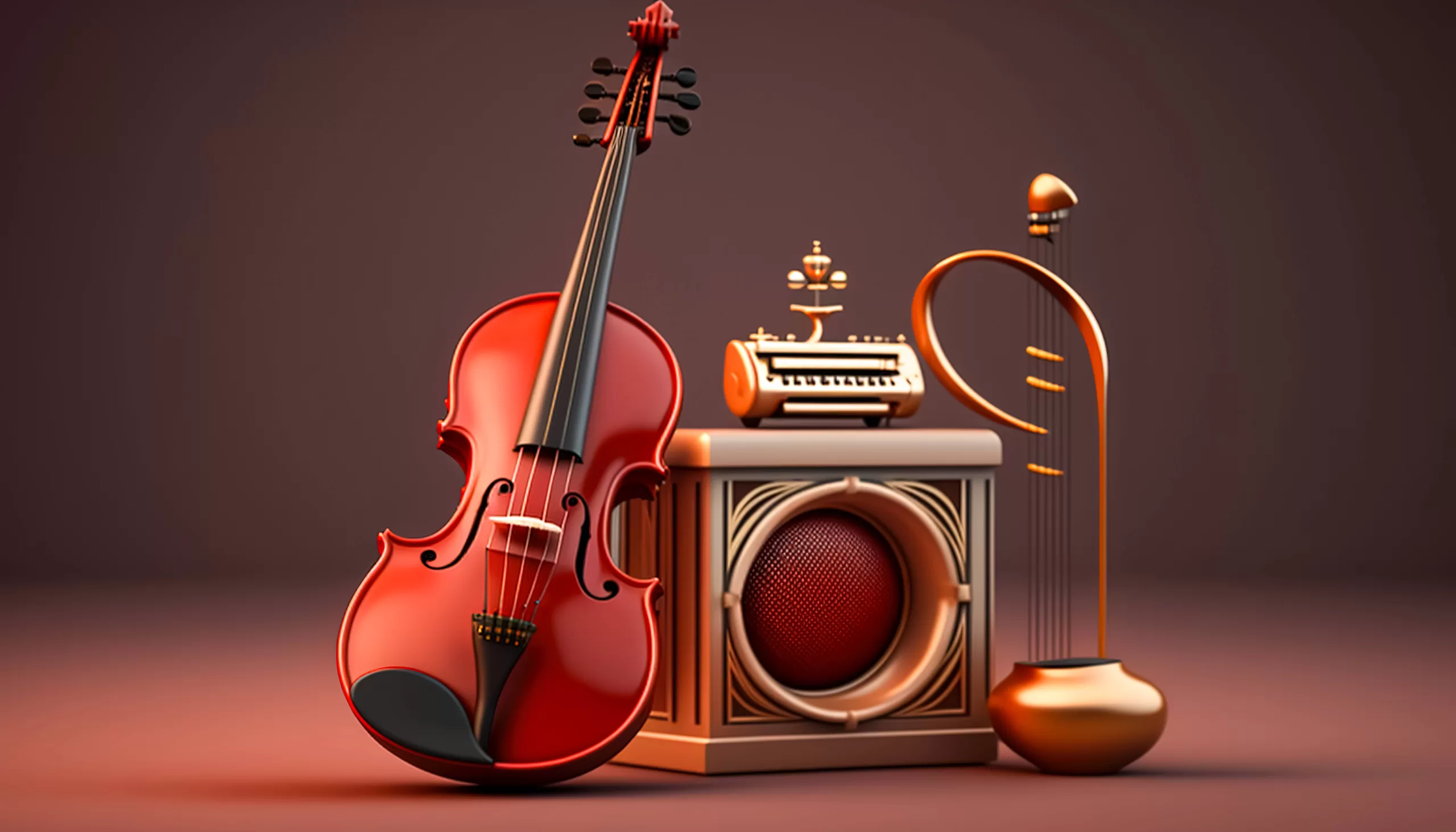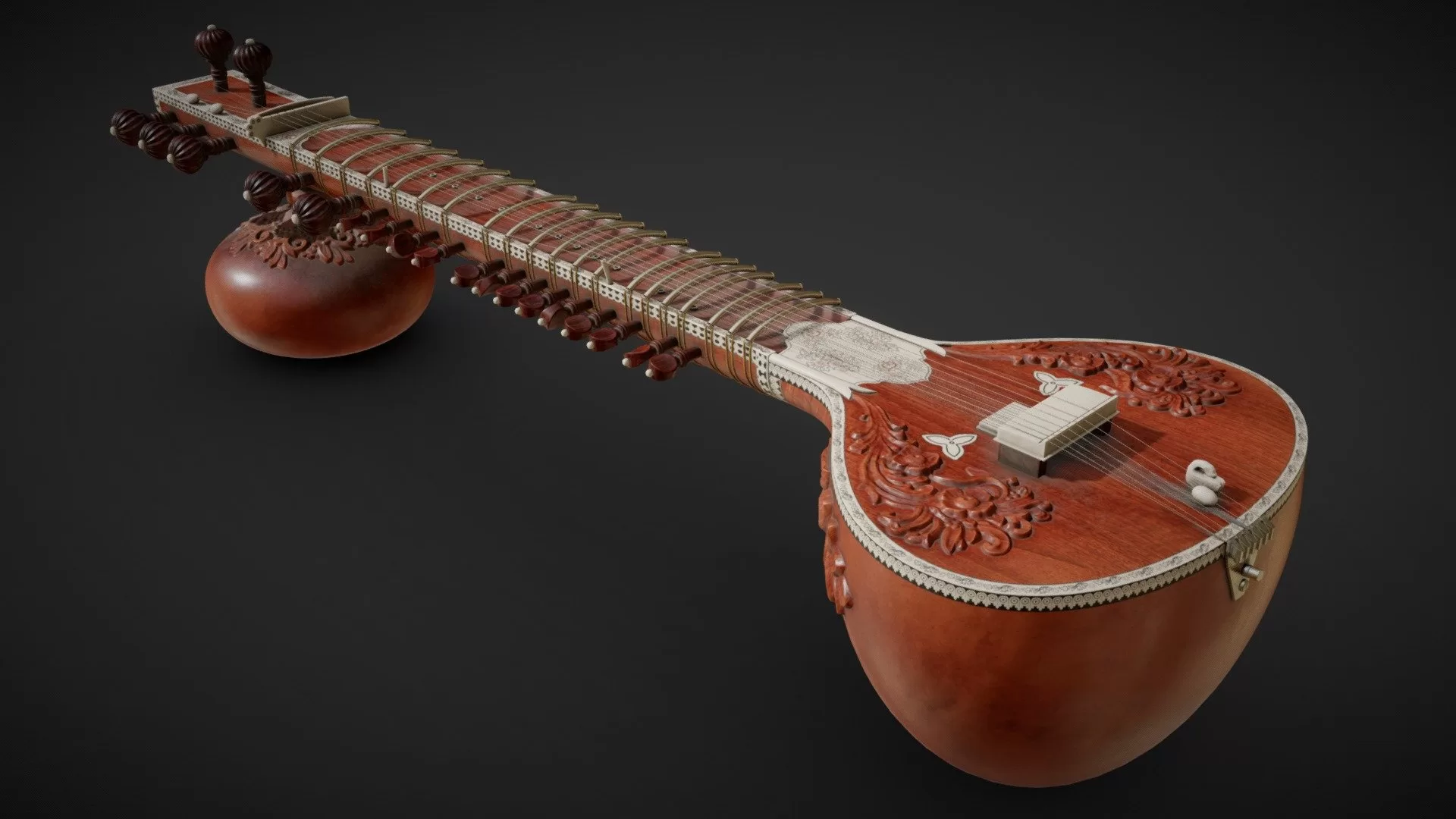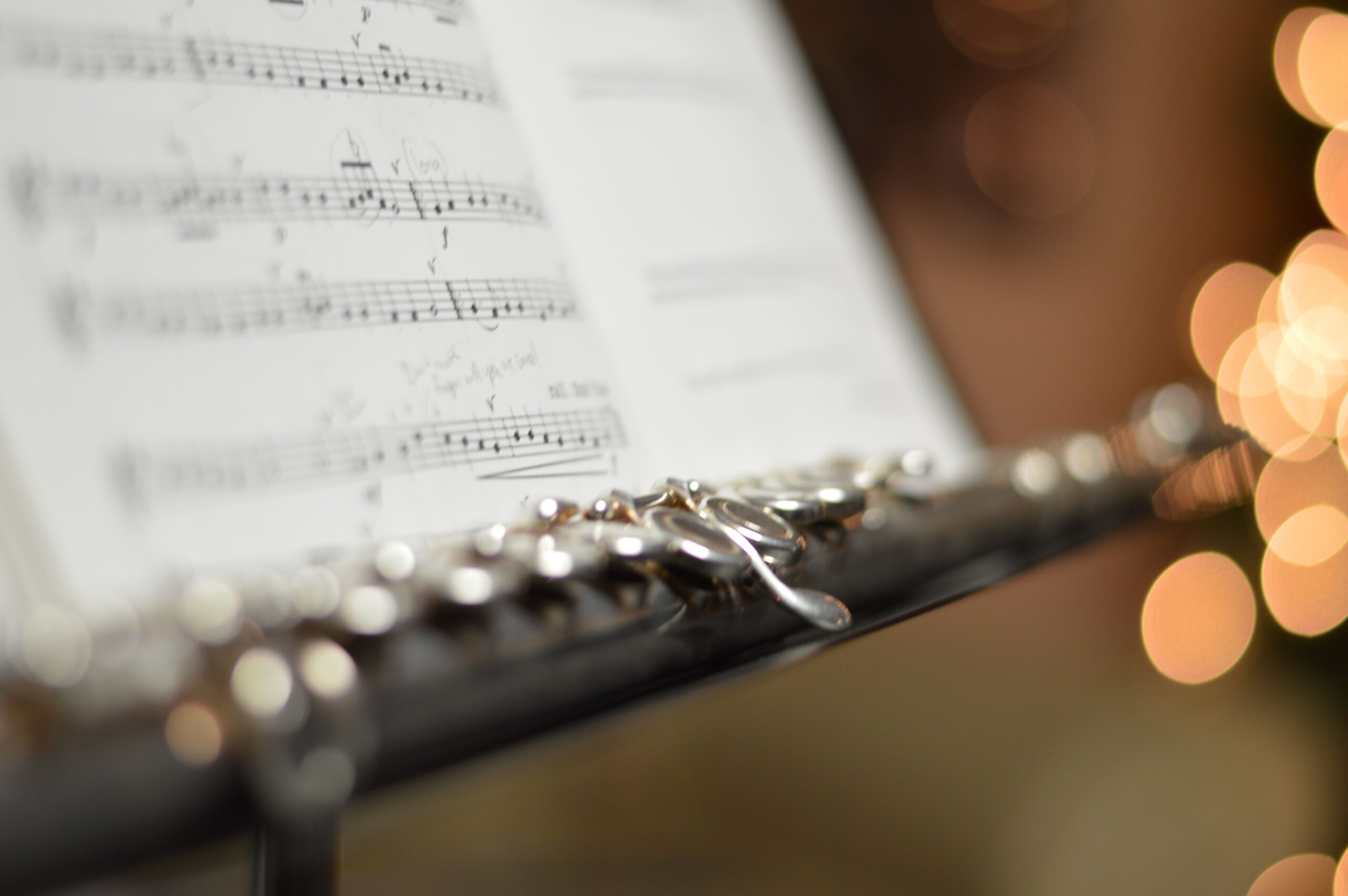Introduction:
In the vast realm of musical instruments, diversity has always been the name of the game. But this diversity is not a recent phenomenon; it stretches back through centuries. Many Ancient Stringed Instruments have left an indelible mark on musical traditions and continue to resonate with musicians today. In this article, we’ll delve into the allure of these old-world instruments, what to consider when acquiring one, and the unique characteristics that set them apart.
Why Antique Stringed Instruments Hold Enduring Appeal:
Centuries ago, stringed instruments crafted from wood graced the musical landscape. The craftsmanship of these instruments was exceptional, reflecting a commitment to quality that has stood the test of time.
From the haunting strains of the viola to the lively melodies of the balalaika (originating around 1700), a rich tapestry of styles awaits exploration. While many traditional stringed instruments now find their home in museums, they have left an indelible legacy in the world of music. As a musician, delving into these instruments offers a rewarding journey into the music-making of bygone eras. Let’s explore the distinctions of various Ancient Stringed Instruments and how they produce their unique sounds.
Timeless Treasures: Ancient Stringed Instruments Still Reverberate Today:
1. Harp: The harp, a unique plucked instrument, invites you to place it between your legs, tilt it slightly, and stroke its strings to produce ethereal notes. While some harps are equipped with pedals, others can be played directly without additional devices.
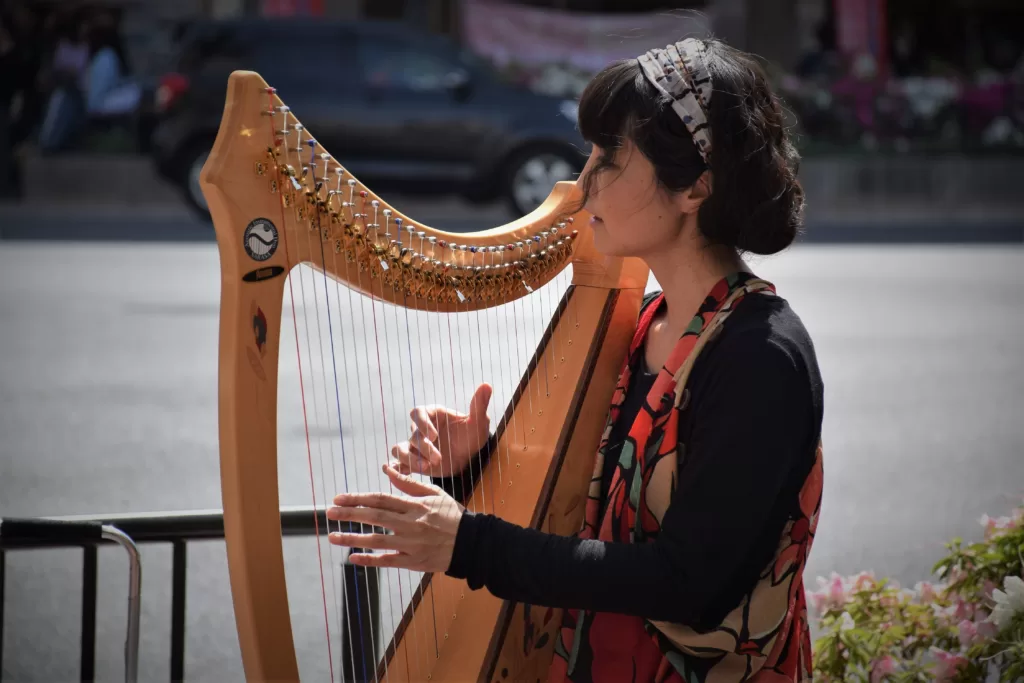
2. Lute: Dating back to 1800 BC and believed to have originated in the Arabian region, the lute gained prominence during the Renaissance, earning the title “queen of instruments.” Its distinctive pear-shaped body lends it a timeless style.

3. Bağlama: Hailing from Turkey, the bağlama is a special variant of the lute, often used as an accompaniment. Its tones are enhanced by playing with a small cherry wood plectrum, though traditional finger techniques can be employed as well.
4. Hurdy-Gurdy: A mechanical marvel, the hurdy-gurdy has been a musical staple since the Middle Ages. It may not be bowed manually, but it qualifies as a stringed instrument due to its built-in wheel, which strikes the strings to create its unique sound.
5. Cuatro: Popular in Latin American countries like Venezuela, Colombia, Puerto Rico, and the Dominican Republic, the cuatro boasts a compact size, an oval shape, and a shorter neck compared to the guitar, resulting in a higher pitch.
6. Domra: Originating in Russia, the domra plays a vital role in traditional Russian folk music. With its round or oval soundbox, flat fingerboard, and three or four strings, it produces a clear and penetrating sound, often played with a pick.
7. Ukulele: Hawaii’s gift to the world of music, the ukulele, with its bright and cheerful sound, emerged in the late 19th century through Portuguese immigrants. Its small, flat, hourglass-shaped soundbox accommodates four strings, making it versatile in various musical styles.
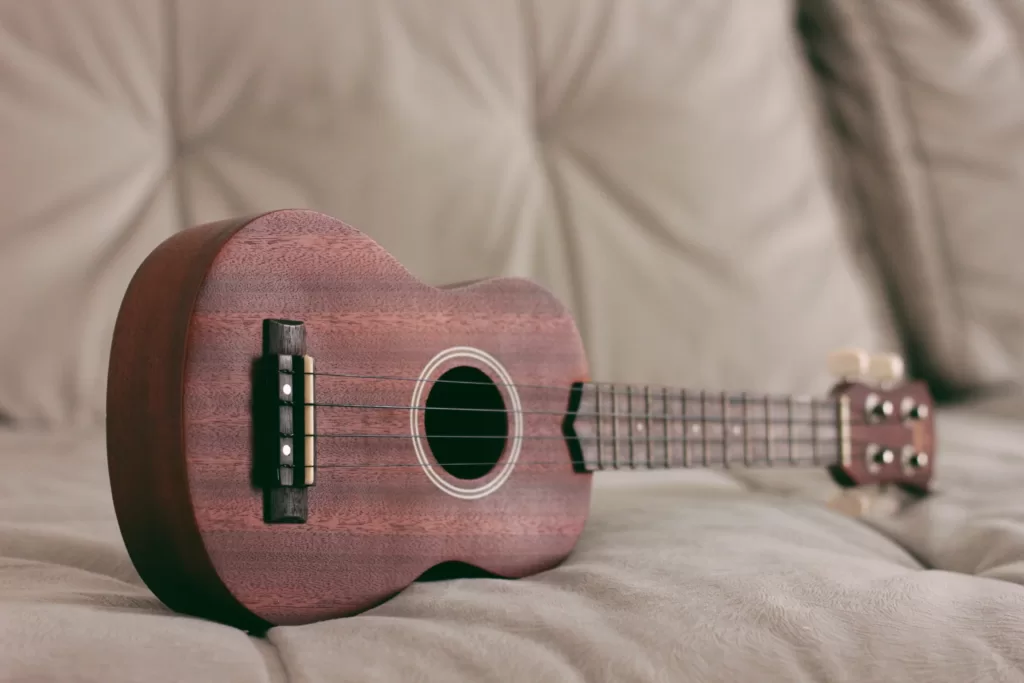
8. Balalaika: Russia’s traditional plucked stringed instrument, the balalaika, with its triangular or pear-shaped soundbox, is typically played with a pick. It has found its place in genres ranging from classical folk music to modern pop.
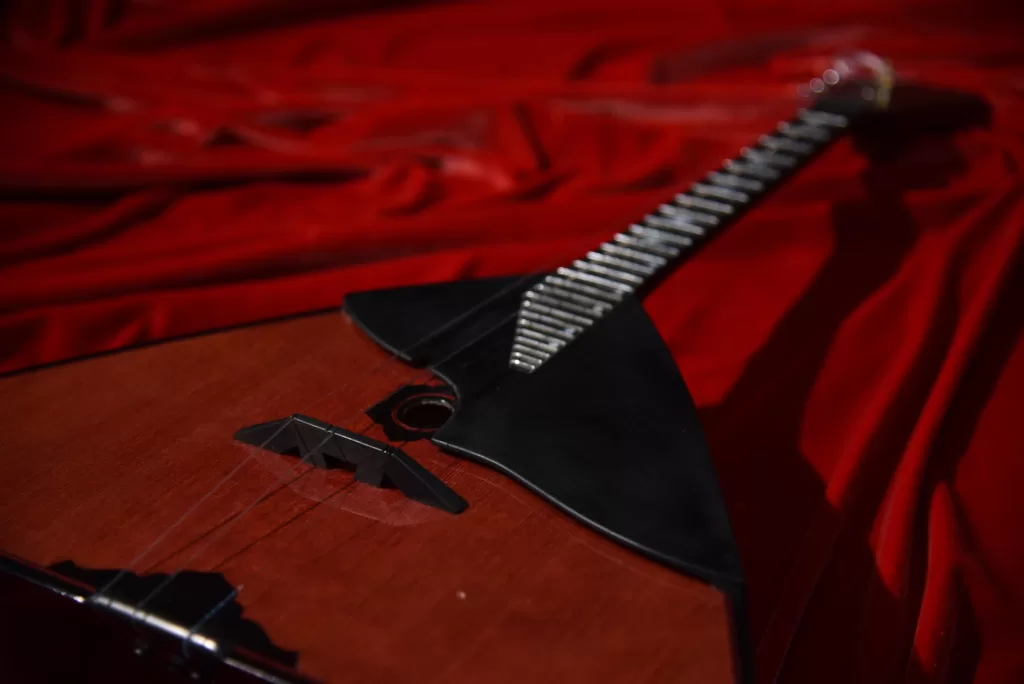
9. Zither: Boasting ancient roots dating back to Egypt, the zither comes in various shapes and sizes. Its soft and soothing sound, produced by plucking with a pick or fingers, finds a home in folk, classical, and popular music.
10. Wind Chime: For a truly unique experience, explore the wind chime, a stringed instrument powered solely by the wind. With roots tracing back to ancient Greece as the “aeolian harp,” it’s perfect for sound therapy and improvisation, offering a soothing and relaxing tone.
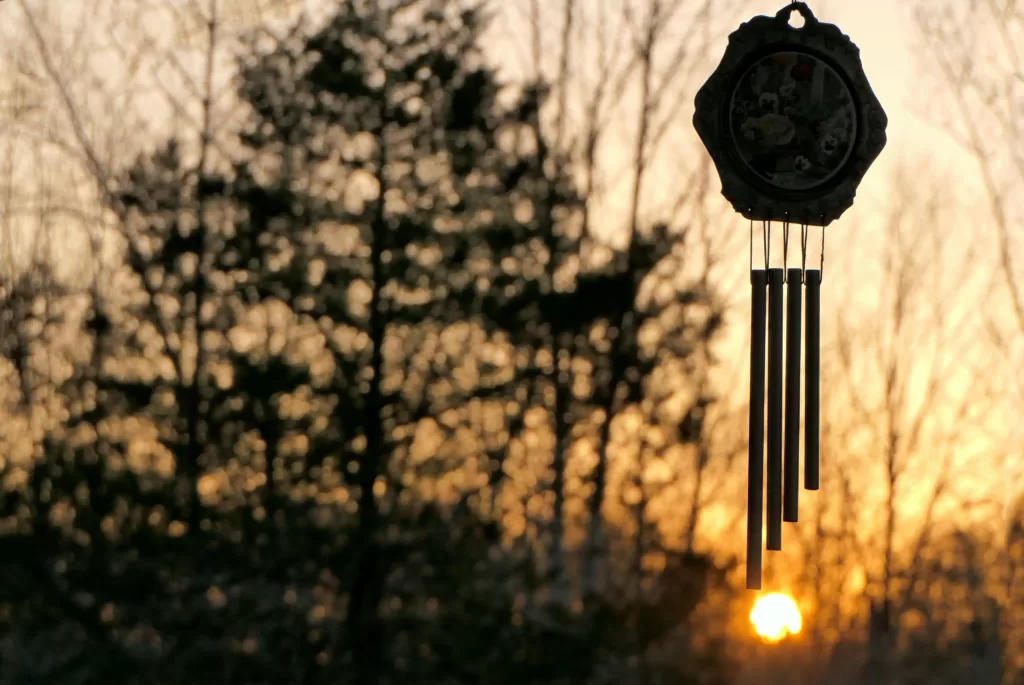
Preserving the Echoes of Tradition:
Ancient Stringed Instruments continue to leave their mark on modern music, preserving the melodies of past centuries in our collective memory. Instruments like the harp, ukulele, and zither embody a rich historical perspective, serving as inspiration for contemporary creations. The construction techniques of these traditional instruments have even influenced the making of newer ones. As musicians, embracing these timeless treasures connects us to the enduring legacy of music across the ages.






